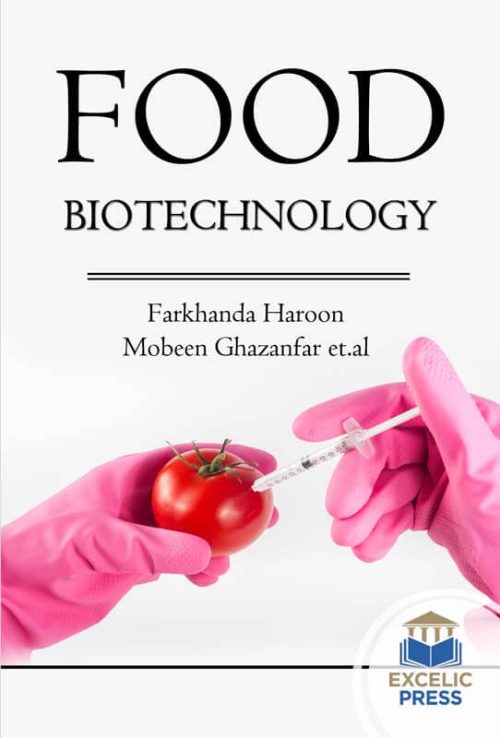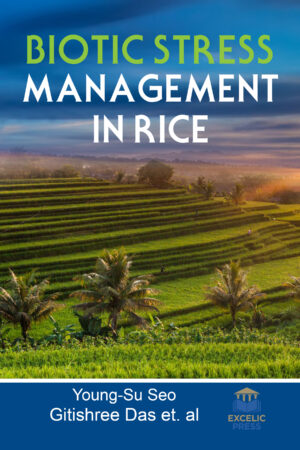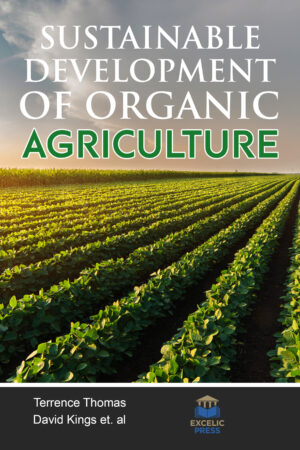Description
Recently many advances in the food industry represent the great role of food biotechnology. GM plants and animals are used to enhance taste, shell life, nutrition and quality of food. Modern Biotechnology is helpful in enhancing taste, yield, shelf life, and nutritive values. This is also useful in food processing. So Biotechnology is beneficial in erasing hunger, malnutrition, and diseases from developing countries and the third world. Modern biotechnology products are commercially reasonable hence it can improve agriculture as well as the food industry that will result in a rise in the income of poor farmers.
This book is specifically designed to reflect the innovative technologies, products, and current trends that trends and interdisciplinary information in this area. The book opens with an introductory concept on the applications of food biotechnology as biotechnology has allowed scientists to produce fruits with better taste. GM foods with better taste include seedless watermelon, tomato, eggplant, pepper, and cherries, etc. Elimination of seed from these food articles resulted in more soluble sugar content enhancing sweetness. Since food safety is an international challenge, the present book aims to capture the global scenario of HACCP implementation in the dairy industry of several developed and developing countries from across the world. Key implications of the review and policy recommendations for the future are discussed.
It examines the qualitative and quantitative analysis of different milk sources concerning human health as well. Further, it reviews on postharvest management and advances in the minimal processing of fresh-cut fruits and vegetables. The book further highlights on: implications of introducing improved butter churner on churning time and butter making efficiency; nutritional properties and antinutritional factors of corn paste (Kutu Kutu) fermented by different strains of lactic acid bacteria; nutritional, physicochemical, and sensorial evaluation of flatbread supplemented with quinoa flour; the effect of raw material pre maturing on parents steamed cheese quality; antioxidant properties of “Natchez” and “triple crown” blackberries using traditional winemaking techniques; and the effect of buttermilk on the physicochemical, rheological, and sensory qualities of pan and pita bread is highlighted. A study on the comparison of quality and microstructure of chokeberry powders prepared by different drying methods is also presented. This book will be of particular interest to the students, scientists, researchers, and other stakeholders associated with the subject area.





